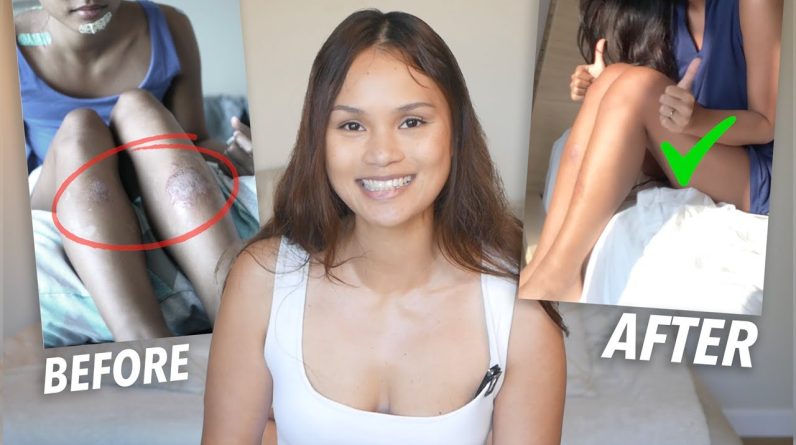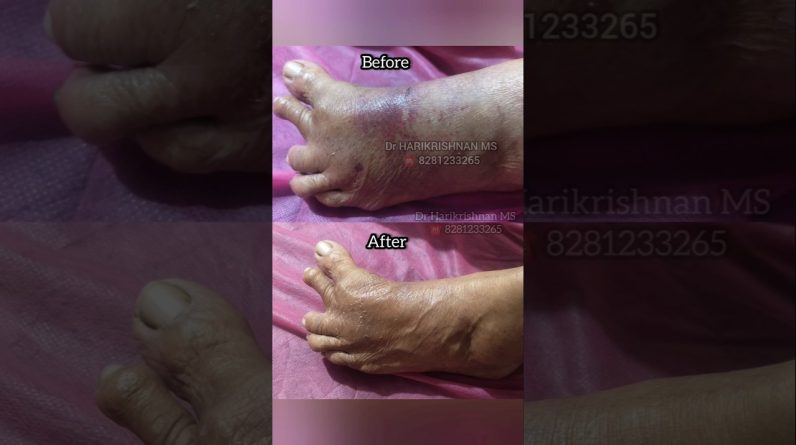Click here for our Carpet Beetle Control guide and shop the professional-grade products featured in this video!
In this video, we will show you how you can get rid of carpet beetles in your house with professional-grade products and tips you can use at home.
Shop for Flex 10-10 Insecticide here!
Shop for D-fense Dust here!
Shop for Catchmaster 72MB Glue Boards here!
***
Want to skip ahead?
IDENTIFICATION: 0:33
INSPECTION: 2:22
TREATMENT: 3:29
PREVENTION: 6:20
***
Carpet beetles grow as large as 8 millimeters as larvae, and end up about 5 millimeters long when they reach adulthood. Adult beetles are oval-shaped, and their markings can vary depending on species, but generally, you’ll find varied and common carpet beetles with black, white, brown, orange, or even greenish looking patches. Black carpet beetles will have a solid black color. As larvae, they subsist off a diet of keratin and chitin, which can be found in non-synthetic fabrics, furs, feathers, or leather. They have color-banded bodies with contrasting colors, usually white or a light brown and a darker brown. Their bodies are covered in hairs. Black carpet beetle larvae don’t have any hair, and they’re a more solid brown or black color.
People may confuse carpet beetles and bed bugs because of their similar appearance or the skin irritations beetle larvae cause. You can tell the difference between a bed bug and carpet beetle by comparing their physical appearances and behaviors.
To make sure you’re dealing with carpet beetles, check your home for adult carpet beetles and their larvae. Adult carpet beetles are attracted to pollen, and seek out sources of fabric for their larvae to feed on. Carpet beetle larvae are light-sensitive, so you’ll find them in enclosed spaces, like closets or drawers. You may also find them underneath or at the edge of carpeting along baseboards. Adult carpet beetles are attracted to light, so you may find them on windows or window sills.
Once you’ve found signs of any beetles or larvae, prepare your space for treatment.
Vacuum your floors and other areas like rugs, curtains, and furniture. Be sure to vacuum along the floorboards and other tighter spaces. Wash all fabrics with detergent, then dry them on high heat. If you have anything that can’t be washed, like silk, place them directly in the dryer. Wipe down solid surfaces with soap and water. Clean windows and window sills, shelves, inside of drawers, desks, and tables.
Once you’ve finished cleaning, you can start treatment. Put on your Personal Protective Equipment, or PPE, and keep people and pets away from treated areas until dry.
You’ll use an insecticide like Flex 10-10 to kill and prevent carpet beetles inside your home.
Flex 10-10 is a safe, easy-to-use Permethrin insecticide that can be applied indoors and outdoors to control a wide variety of insects. Along with carpet beetles, Flex 10-10 can also treat ticks, bed bugs, mosquitoes, and other insects.
To treat carpet beetles indoors, use a 1 gallon hand pump sprayer. Mix 3.2 fluid ounces of Flex 10-10 with one gallon of water. For a severe infestation, you can use the higher rate of 6.4 fluid ounces per gallon of water.
Apply Flex 10-10 along the baseboards and the edge of carpeting. Use a fan tip with light to medium pressure to moderately wet the areas, rather than soaking them. Be sure to also spray windows and window sills, shelving, drawers, closets, any cracks and crevices, and any other spots where you’ve seen carpet beetle activity.
Once your Flex 10-10 application has dried, treat gaps, holes, and other hiding places with D-Fense Dust. D-Fense Dust is a dry, insecticidal dust that can be applied to voids, cracks and crevices to treat carpet beetles and many other crawling pests. Apply D-Fense Dust at the edge of carpeting, alongside baseboards where you’ve seen Carpet Beetle activity. You may also apply dust to any hard-surfaced crack or crevice where Carpet Beetles could be hiding.
Once you’ve treated your home for carpet beetles, you’ll take preventative measures to stop any future infestations from happening. First, keep up with regular vacuuming, laundering, and cleaning. Next, seal up any possible openings that carpet beetles can use to get indoors. Monitor insect activity with Catchmaster 72MB Glue Boards. These glue boards will catch any pest that makes contact with the adhesive, so place these along pest entry points or in closets to see when insect activity is climbing. Finally, be sure to reapply Flex 10-10 once every month for round-the-clock control.
Visit our website to learn more about Carpet Beetle Control and shop for pro-grade products!
Thanks for watching!
CALL US: (800) 479-6583
EMAIL OUR EXPERT STAFF: [email protected]
VISIT OUR WEBSITE:
#diypestcontrol #solutionspestandlawn #carpetbeetles
source








